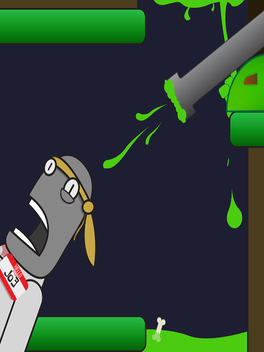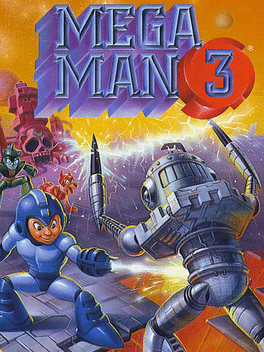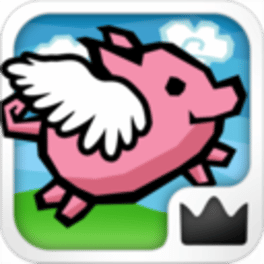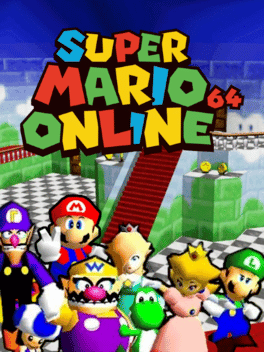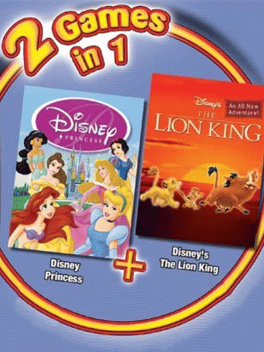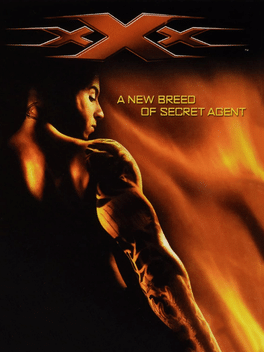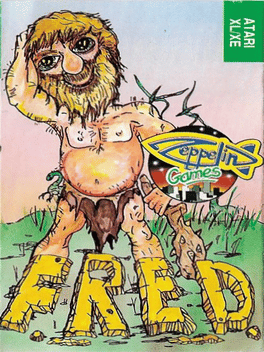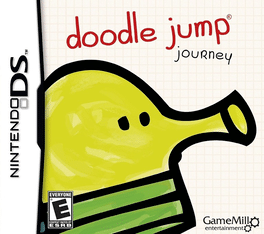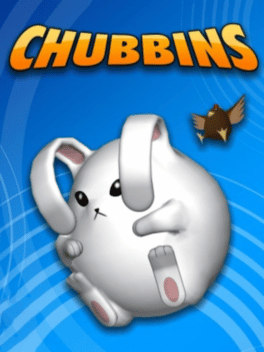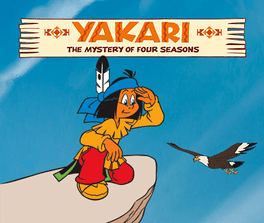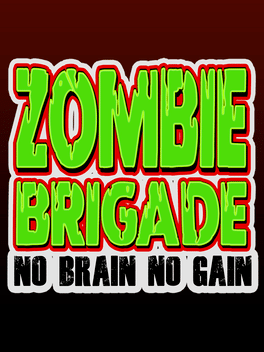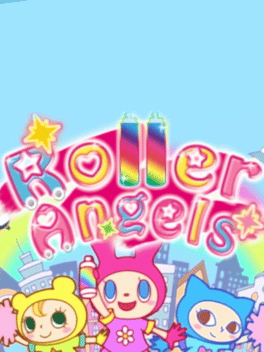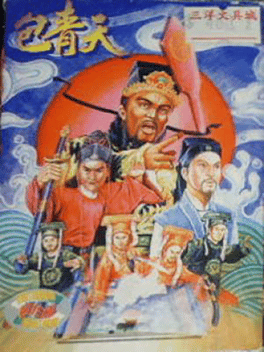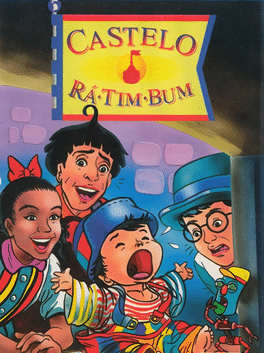Most Popular Playstation 2 Games - Page 275
-
Slime
2013
-
TrapAdventure 2
2016
TrapAdventure 2
2016
Caution!! This may be the most hardest, irritating, frustrating games EVER. If you tend to exasperate often, I recommend you not play this game. It will literally drive you insane. I PROMISE. As written above, this game is VERY STRESSFUL. You may get so irritated and frustrated that you throw your phone out the window. I can't take any responsibilities for the displeasure this game may cause. Even if after reading this you are still eager to play the game, then go ahead. Good luck. -
Mega Man 3: The Robots are Revolting
1992
Mega Man 3: The Robots are Revolting is a game in the original Mega Man series licensed by Capcom USA and developed and published by Hi-Tech Expressions in association with Rozner Labs In 1992 for DOS. It is a sequel to the first Mega Man for DOS, with no Mega Man 2 for DOS in between. -
Pig Rush
2009
Pig Rush
2009
Pig Rush is a hilarious and addictive platform game where you help Jumpy the pig run away from the farm. On the way, you encounter deep ravines, fire, and moving platforms. Grab a fire hat to protect you from fire, and get a power up to turn into an invincible giant pig!! Pig Rush is a game that is fun for the whole family. Kids love it - if they can get it away from their parents!! -
Super Mario 64 Online
2017
A Super Mario 64 hack that adds online multiplayer functionality to the game, among many other things. -
Monsters, Inc.
2001
Monsters, Inc.
2001
Help Sulley and Mike find all the pieces of Boo's door as they search through the colorful Monstropolis while avoiding being caught by the Child Detection Agency! -
2 Games in 1: Disney Princess + Disney's The Lion King
2004
This THQ double pack has two of the Disney GBA games combined on one cartridge: Disney Princess and Disney's The Lion King 1 ½ -
xXx
2002
xXx
2002
You are underground thrill-seeker turned spy Xander Cage. Can you stop the evil Anarchy 99 organizaton before it unleashes an assault on Earth? Tackle a variety of pulse-pounding, action-packed levels. Face 11 menacing missions, featuring 3 motorcycle tracks. Master an array of high-tech secret agent weapons -
Fred
1991
Fred
1991
Fred is a platform game, where the player controls a caveman, walking horizontally through the levels. Like in nearly every platform game, there are hanging platforms for the caveman to jump on, though sometimes parts of the platforms give way. Climbable ropes also appear. -
Billy la Banlieue
1986
-
Prehistorik Man
2010
Prehistorik Man
2010
A fast-paced action platformer, packed full of special missions. Hundreds of secret areas hidden throughout 22 breathtaking levels. A large arsenal of weapons. Various different vehicles to use including hang-gliders, pogo-sticks, rafts and stone wheels. Huge, stunning end of level bosses to battle, including the terrible guardian of the graveyard. -
Doodle Jump Journey
2013
Doodle Jump Journey
2013
Jump into classic game and see just how high you can go!! Dangerous enemies, cool locations and great gameplay await the entire family! -
Divergent Shift
2010
Divergent Shift
2010
Divergent Shift is a 2D puzzle platformer developed in which players must use the two screens in tandem to successfully navigate across. It follows the adventure of a girl who must find the pieces of a powerful mirror to bring back together a world that has been split. -
Chubbins
2014
-
Zombie Brigade: No Brain No Gain
2016
The only "parody runner" style game on Wii U. Join the Zombie Brigade and travel around the world, meet interesting people, and BITE THEIR BRAINS. -
Roller Angels
2011
Roller Angels
2011
Roller Angels is a side-scrolling platform game in which an alien race known as the Monodrones is stealing the town’s precious colors. It’s up to the Roller Angels to roll into action and restore color to their beloved town. With the help of Dr. Lionel, who developed a special spray paint, the angels use the spray paint to bring color back. -
Bao Qing Tian
1996
Bao Qing Tian
1996
Despite Bao the judge is mentioned prominently throughout the game, he is, in fact, not the player character - the players themselves control one or two of Bao's servants. -
Castelo Rá-Tim-Bum
1997
Castelo Rá-Tim-Bum
1997
Castelo Rá-Tim-Bum is an action-adventure game based on the popular educational Brazilian TV series with the same name. The player can chose to play either Pedro or Biba to search for the ingredients through five levels. Each level involves some platforming and minor puzzle solving elements, like jumping over the right sequence of platforms, or finding food inside the kitchen's drawers in the right order. -
Pac-Man World
2004
Pac-Man World
2004
Twenty years after Pac-Man's first adventure in Pac-Land, Pac-Man returns one day to his house only to find it deserted. Toc-Man and his ghosts have kidnapped Pac-Man's friends, Ms. Pac-Man, Pac Jr., Baby Pac, Professor Pac, Pooka, and Chomp-Chomp the dog! Pac-Man must venture to Toc-Man's lair on Ghost Island to rescue his friends! This version is a remake developed for the Game Boy Advance.
